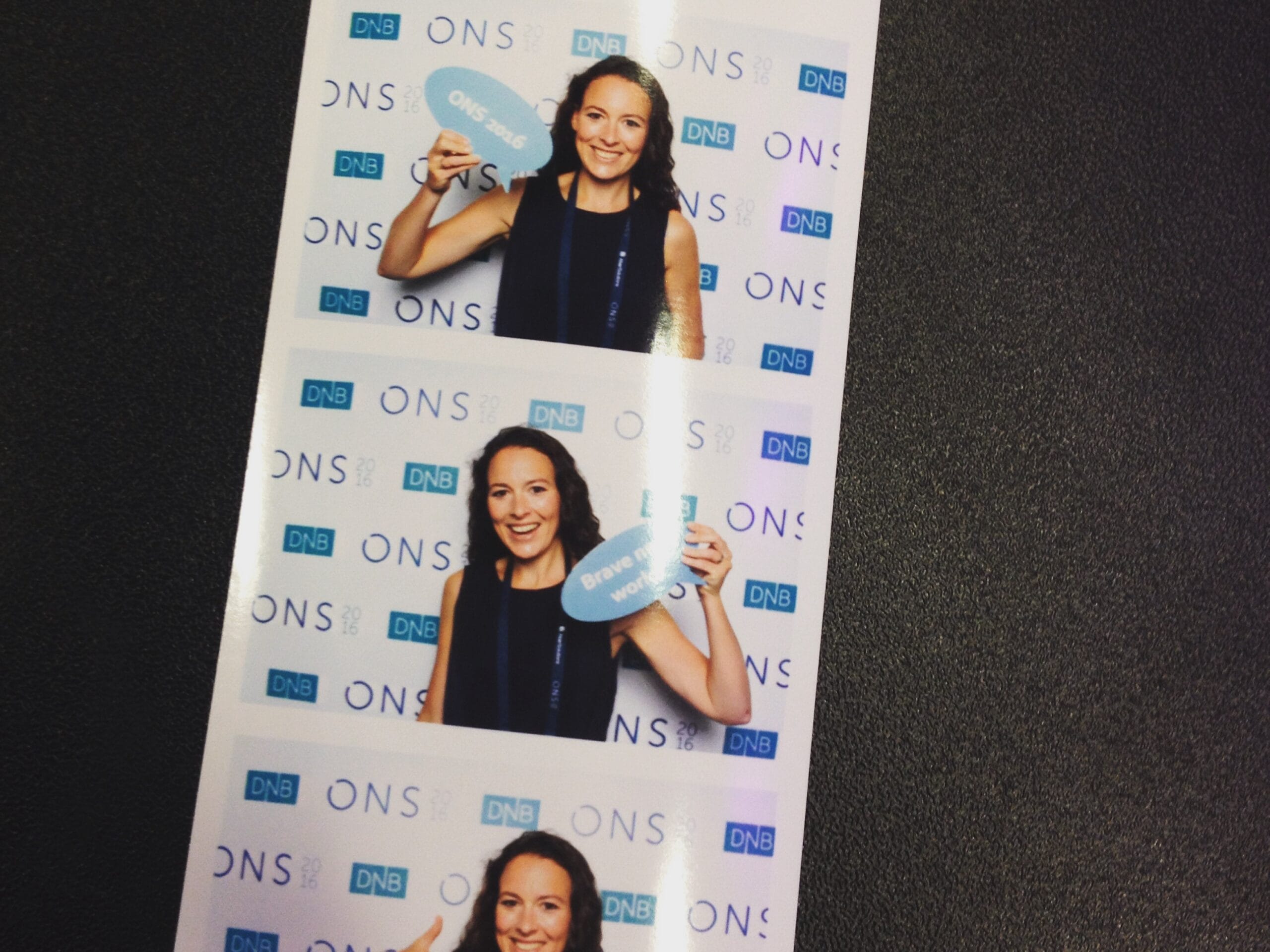Embracing change is essential for businesses, especially in today’s dynamic landscape where market conditions and customer demands are constantly shifting. Recent times have underscored this truth, urging businesses to adapt swiftly. As businesses evaluate their strategies, it’s inevitable that their brands must also evolve to stay relevant and competitive.
Brand transformation is a recurring topic among our clients, often sparking discussions on whether a complete re-branding or a more subtle brand evolution is the way forward.
But what exactly sets these two approaches apart?
A re-brand signals a significant change in direction. Perhaps you’ve acquired a new entity, are looking to enter a new market or want to shift brand perception, a re-brand reflects a change in the DNA of your business. In practise this can include a new name, logo, brand architecture, etc. The driver is a big change, not just the sense that your visual identity needs to be modernised or the messaging refined – that’s where the brand evolution comes in.
A brand evolution maintains your business DNA but gives the company a refresh, it keeps the company current, up to date and in line with industry trends. Whether that’s refreshing your colour palette, changing fonts, updating the website, redefining messaging or updating templates, a brand evolution maintains your brand equity but let’s you move with the times. Unlike a rebrand which requires a “launch”, a brand evolution can be as obvious or subtle as is required and can happen over time.
Over the years we’ve helped many businesses assess their brand development needs and define whether they need a re-brand or brand evolution.
Here are a few examples, all of which had differing motivational factors and requirements:
Ace Oil Tools
Ace Oil Tools wanted to modernise and professionalise their visual identity to reflect their growth to date and global ambitions. We maintained the “hot pink” core colour the company were well recognised for but updated their messaging, logo, website and sales collateral. The result was a more impactful, fresher, up to date yet recognisable identity.
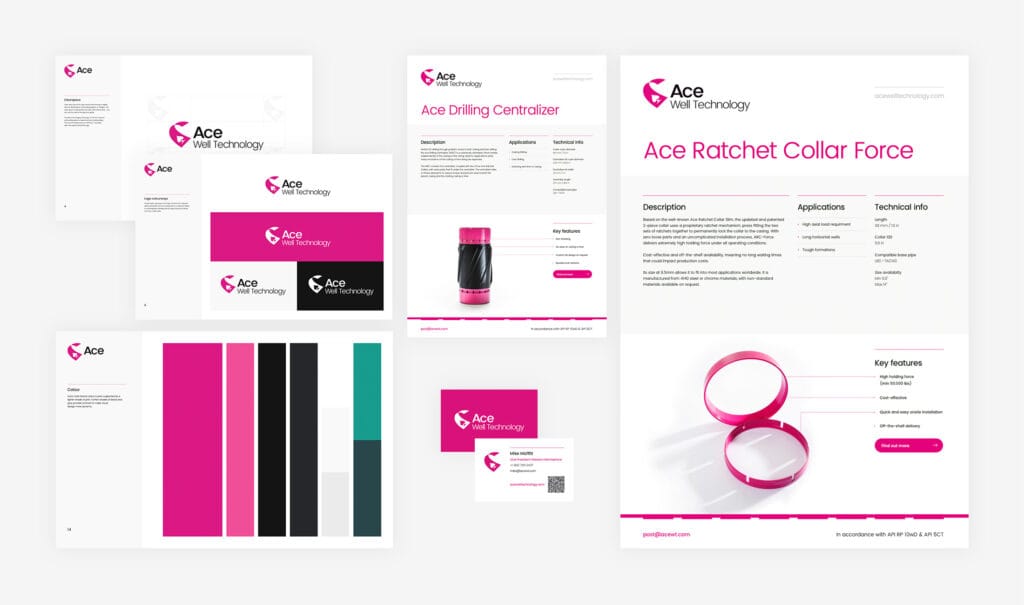
Archer
Archer, a well-established industry brand, had refreshed their online presence and wanted to improve their product literature and PowerPoint template to bring it in line with the adapted look and feel. So while retaining all of their brand identity elements we supplied an updated, fresh design, which better reflected their enhanced online presence.
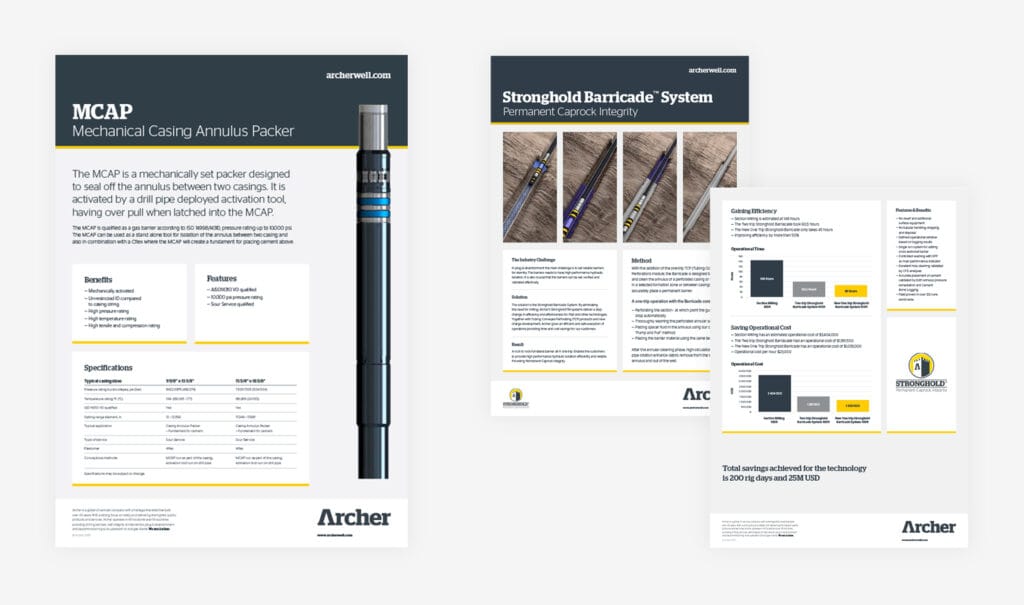
CannSeal
CannSeal were acquired by Interwell and as a result they needed a “part of Interwell” identity created. The goal was to retain the CannSeal identity but align it closer with Interwell and create a suitable brand architecture. As a result, we created a new logo which stated “part of Interwell” to clearly convey the relationship between the two entities. We also updated the typography and colour palette used by CannSeal, aligning them with Interwell visually.
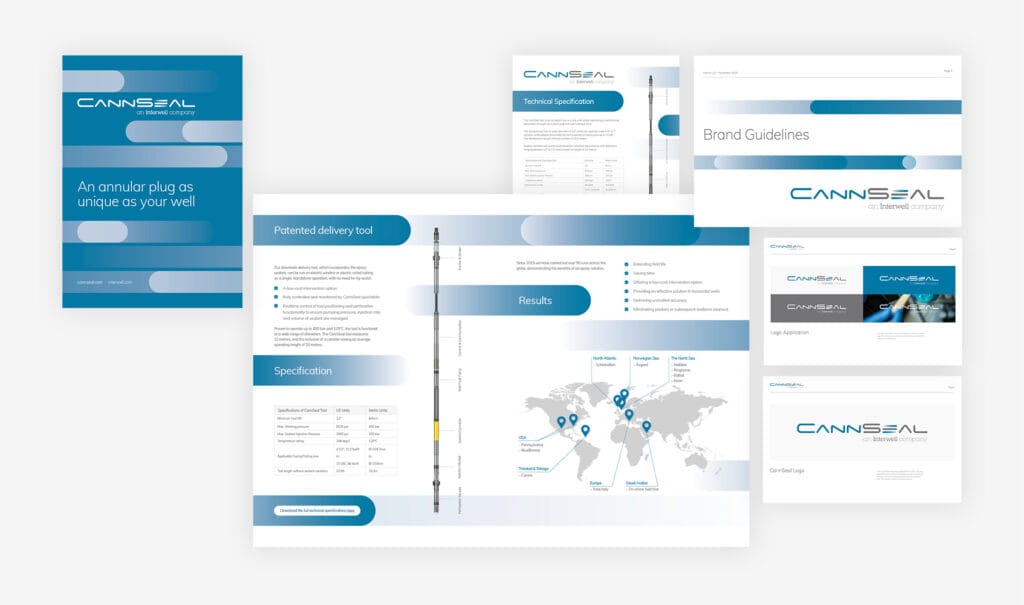
Cegal
Cegal had developed their 2025 strategy and wanted a refreshed visual platform to communicate this plan both internally and externally. As a result, we developed a new PowerPoint template and supporting PDF document which maintained the Cegal brand elements but provided them with a fresher, forward looking design. This has subsequently been rolled out to other external presentations.
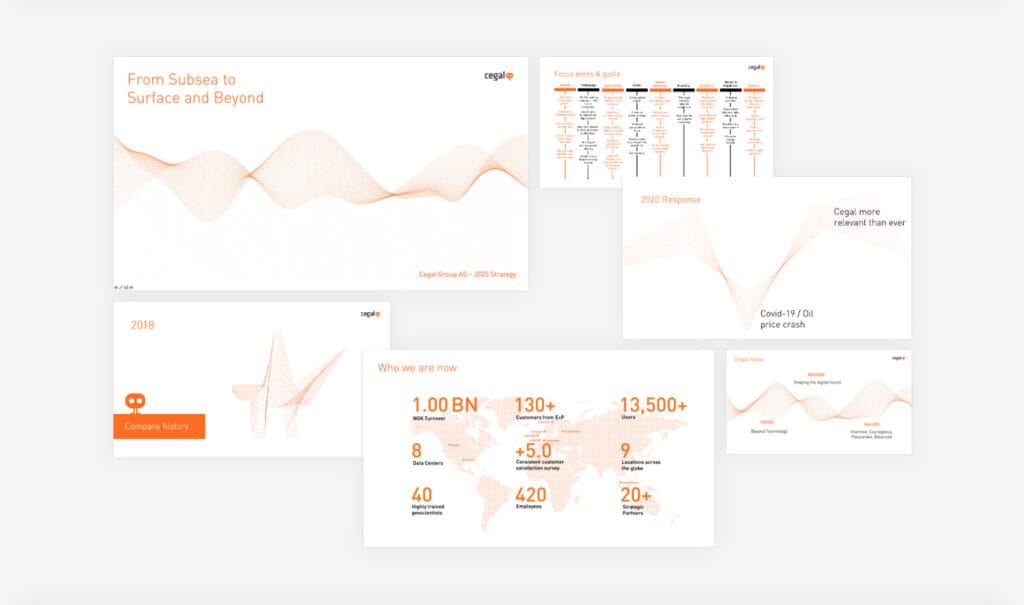
These are just a few examples of some of the projects we’ve worked on. As you can see the reasons for change and the extent of the change varies dramatically. We fully recognise that terms like “re-brand” can be off putting for fear of cost, time, resources etc. However, as these examples illustrate, adapting your branding can take a simpler, less complex (and costly!) form by adopting a brand evolution approach. The core factor which underpins this decision is your business strategy. So while change is inevitable and vital, the extent to which you change depends on your business needs.
So, if you think it might be the right time for change and you want to have a chat then don’t hesitate to give us a call.


